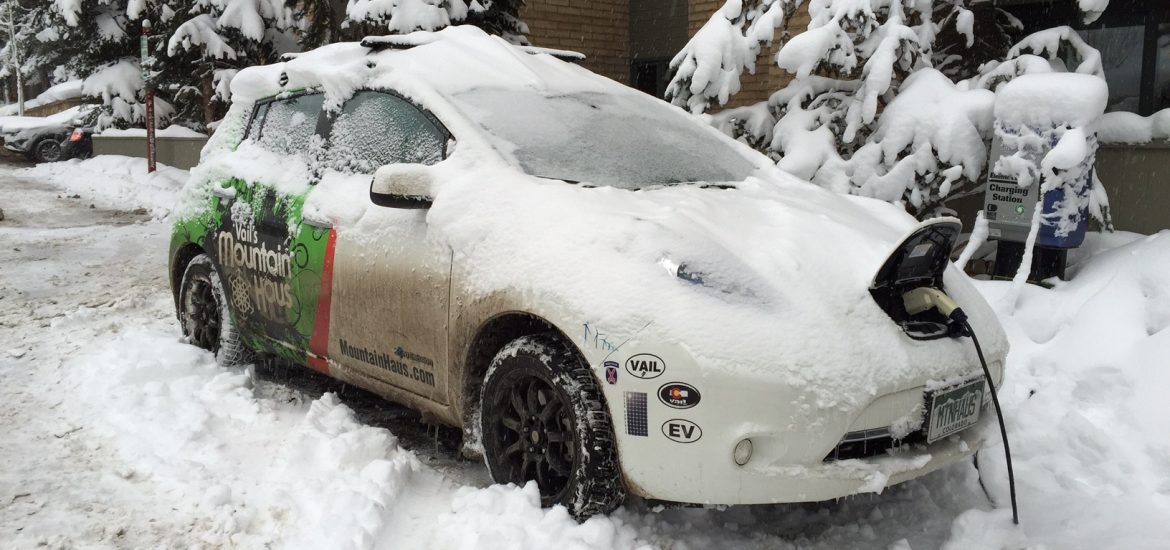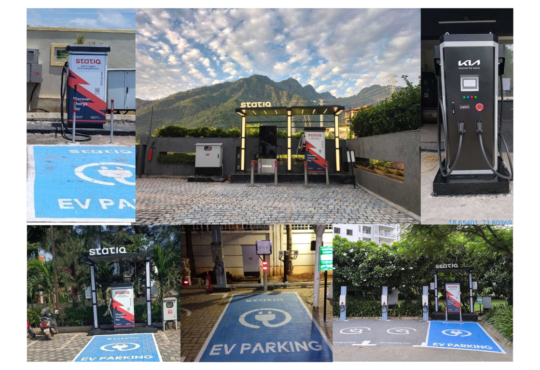
How Does Cold Weather Affect Electric Cars?
As temperatures steadily decline, winter is tightening its grip on us. But what about your electric vehicle? Can it handle the chill and thrill of winter driving? Fear not, EV adventurers!
In this electrifying journey, we’ll unravel the mysteries of EVs in the frosty embrace of winter, armed with tips and tricks to take care of EVs. Read this blog to learn how cold weather affects electric cars, exploring the efficiency of EV batteries and EV range. You will also learn the tips that you can follow to maximize your electric vehicle range and maintain your electric vehicles in the winter.
Why are electric cars affected by cold weather?

Electric cars are less efficient in cold weather, primarily due to the impact of low temperatures on battery performance. EVs are powered by lithium-ion batteries, which are sensitive to cold temperatures. EV batteries rely on chemical reactions to generate and store electrical energy, and these reactions are less efficient in colder conditions. The cold temperature increases the internal resistance of the battery, reducing its ability to deliver power and limiting overall energy efficiency.
Impact of Cold Weather on Electric Vehicles
Let us understand how cold weather impacts electric cars:
- Reduced EV Range: The most noticeable effect of cold weather is a decrease in driving range. Cold temperatures can cause the battery to deliver less energy, resulting in lower mileage. According to a study by the American Automobile Association (AAA) published in 2019, both hybrid and electric vehicles tend to lose charge and range from their battery packs during winter.
- EV Charging Challenges: Cold weather hampers battery charging by increasing internal resistance, slowing electrochemical reactions, and causing temporary capacity loss. Charging efficiency decreases as the battery temperature drops, extending the time required to recharge.
- Reduces Regenerative Braking Impact: In cold weather, regenerative braking efficiency decreases as batteries operate less efficiently in lower temperatures. The feature, designed to recover energy during braking, faces challenges due to increased internal resistance and reduced electrochemical activity, impacting its effectiveness.
- Interior Heating: During the winter, EV owners often use a vehicle heating system to keep the interior of their vehicles warm. The heating system of an electric car needs to draw power from the battery. Warming the interior of an electric car can be an energy-intensive process, further impacting the overall driving range.
How can electric car owners prepare for cold weather?
It requires proactive measures and thoughtful planning to mitigate the impact of cold weather on your vehicle. Here are some tips that you can follow to reduce the effects of winter on your electric car:
- Precondition Your EV: Preconditioning or preheating your electric vehicle while it’s still plugged in can help warm up the battery and cabin using grid electricity, preserving the driving range. You can follow this practice every time you go for an EV drive.
- Optimal Charging Practices: Charge the vehicle when the battery is warm to enhance charging efficiency. Avoid rapid charging in extremely cold conditions to prevent unnecessary stress on the battery. Also, you can use the Statiq EV charging stations to charge your electric vehicle, as it has an automatic in-built system to adjust the power and charging speed according to your vehicle’s capacity.
- Tire Maintenance: Regularly check and maintain proper tire pressure to minimize the impact on rolling resistance and ensure optimal efficiency. Look closely at your tread and replace any tires with uneven wear or damage such as cracks, punctures, and bulges.
- Battery Management System: The majority of electric cars come equipped with battery management systems that actively regulate the temperature of the battery. Understanding and utilizing these features can enhance overall performance in cold weather.
To Sum Up – Following these practices will help you Steer smoothly through Frosty Winter
As the electric vehicle revolution continues, adapting to seasonal challenges is a crucial aspect of ownership. While cold weather may present hurdles, informed EV owners can navigate through them with strategic planning and best practices. By understanding the nuanced ways in which cold weather affects electric cars, enthusiasts can fully embrace the efficiency, sustainability, and innovation that these vehicles bring to our modern automotive landscape.
Also read, How to Charge EVs at Home?



